Pet snakes can be fascinating companions, offering a unique and often misunderstood form of pet ownership. While many people assume all snakes are naturally averse to handling, the reality is more nuanced. Some pet snakes readily accept human interaction, while others seem perpetually resistant to touch, regardless of their owner’s patience or technique. This reluctance can be frustrating and concerning for snake owners who want to build a bond with their reptilian friends. Understanding why some snakes shy away from handling—and learning how to address these behaviors—can help create a more harmonious relationship between you and your scaly companion. Let’s explore the complex world of snake behavior, stress responses, and the practical approaches that can help even the most touch-averse snake become more comfortable with handling.
The Natural State of Snakes in the Wild
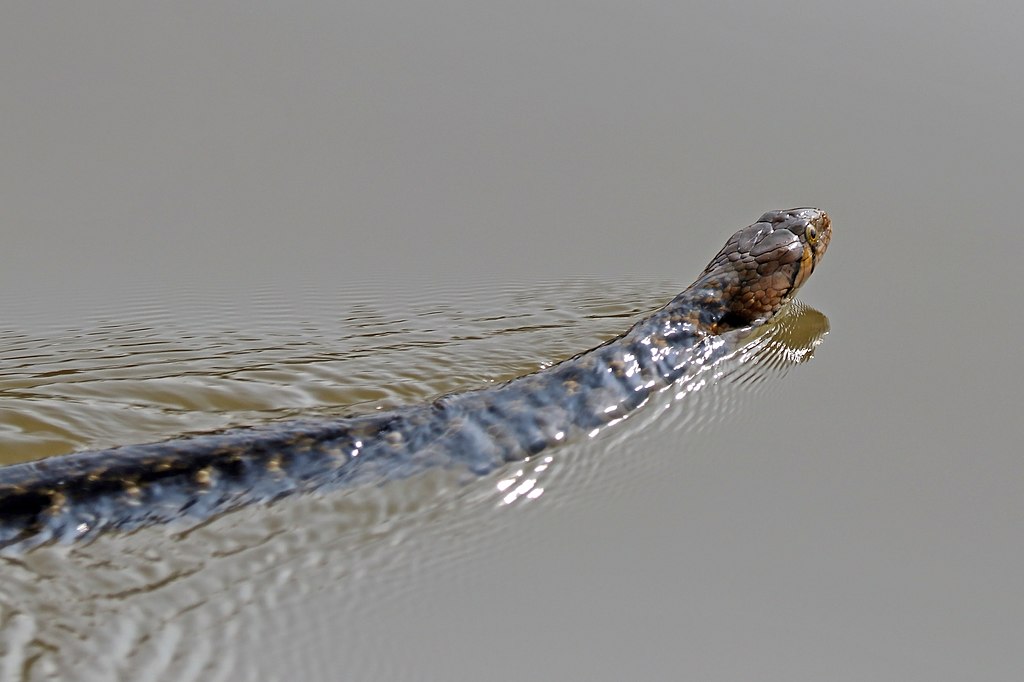
In their natural habitats, snakes are primarily solitary creatures that rarely experience physical contact outside of mating or territorial disputes. Unlike social mammals that crave and seek out touch, snakes have evolved without the neurological wiring that makes physical contact rewarding or pleasurable. When a wild snake is grabbed or restrained, it typically perceives this as a predatory threat, triggering an immediate fight-or-flight response. This evolutionary background means that being handled is fundamentally unnatural for snakes, requiring them to override deeply ingrained survival instincts. Even captive-bred snakes retain these instinctual responses to varying degrees, which explains why handling acceptance varies widely among individual snakes and species.
Species Differences in Handling Tolerance
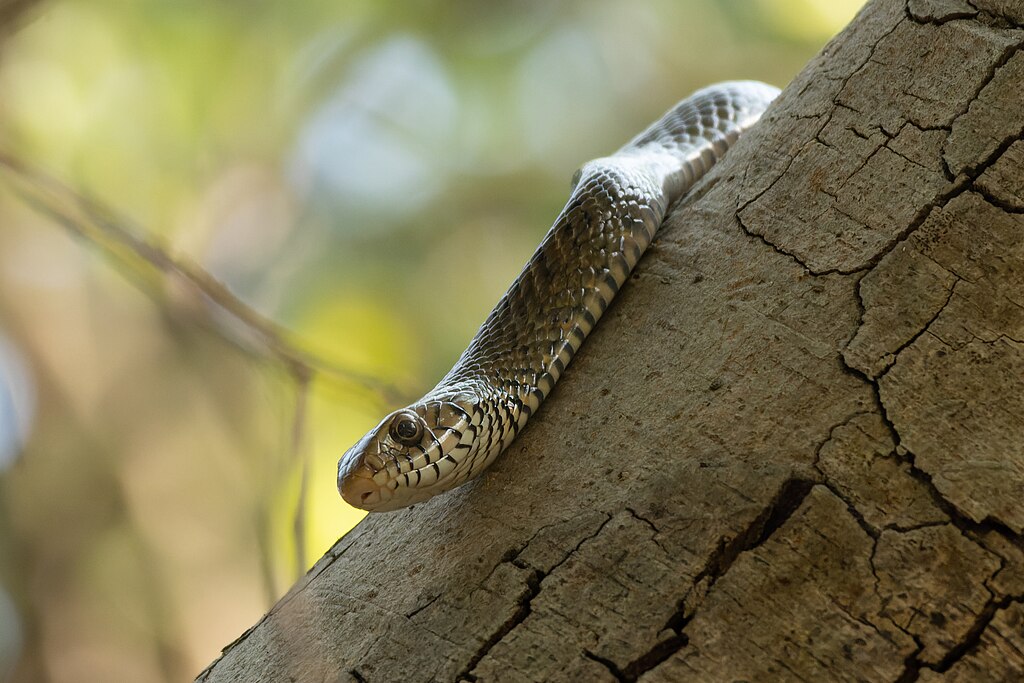
Not all snake species respond to handling in the same way, with some naturally more amenable to human interaction than others. Corn snakes, ball pythons, and king snakes typically develop greater tolerance for handling due to their generally docile temperaments. In contrast, species like green tree pythons, certain ratsnakes, and many colubrids may remain skittish and resistant to handling throughout their lives. These species-specific tendencies are partly genetic and partly related to ecological adaptations—arboreal species that rarely come to the ground in nature may find being handled on a flat surface particularly disorienting and stressful. Understanding your specific species’ natural tendencies can help set realistic expectations about handling potential and guide appropriate socialization approaches.
The Impact of Early Handling Experiences
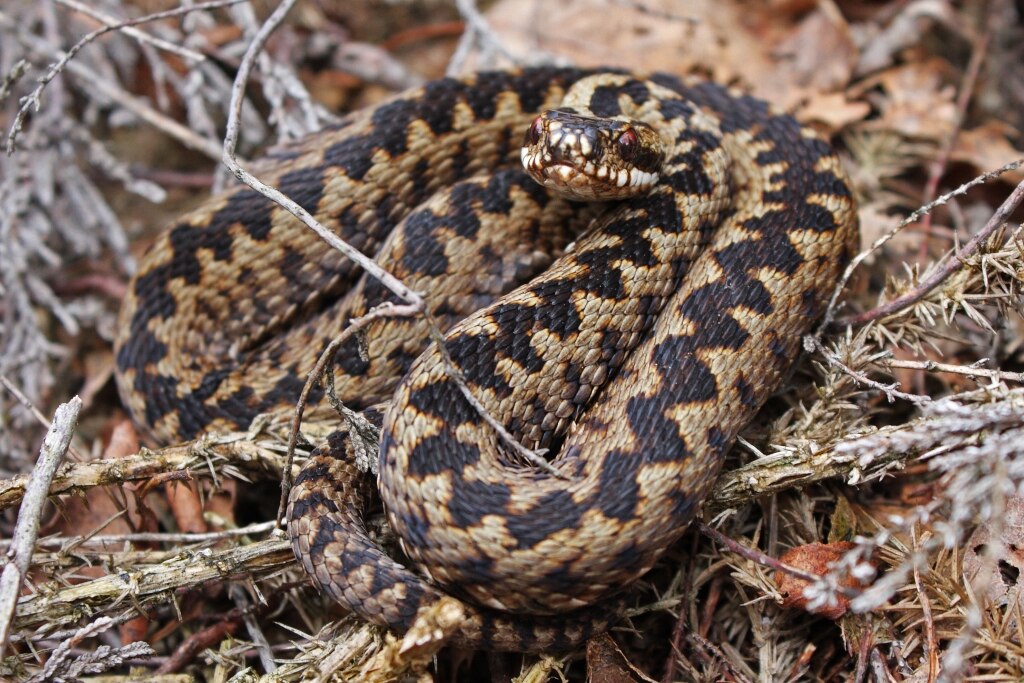
A snake’s early life experiences with handling can profoundly influence its long-term attitude toward human contact. Snakes that are gently handled from a young age often develop greater tolerance than those that remain untouched until adulthood. However, even early handling must be done appropriately—rough handling, dropping incidents, or frightening experiences can create lasting negative associations that make a snake permanently wary of human hands. For rescues or adult snakes with unknown backgrounds, resistance to handling may stem from previous negative experiences with humans. These early psychological imprints can be difficult to overcome, requiring much more patience and consistency to address than if the snake had positive early experiences.
Recognizing Stress Signals in Snakes
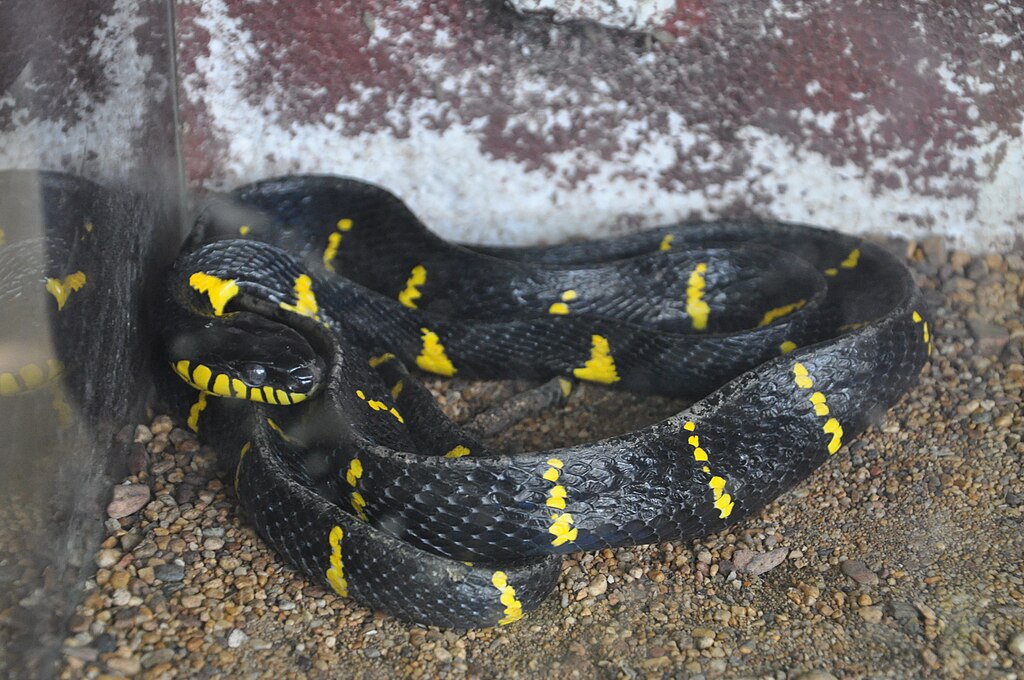
Snakes communicate their discomfort with handling through a variety of behavioral signals that responsible owners should learn to recognize. Ball pythons may curl into a defensive ball, while other species might hiss, flatten their heads, or exhibit rapid tongue flicking when stressed. More severe signs include musking (releasing a foul-smelling defensive secretion), attempting to flee rapidly, striking defensively, or in extreme cases, stress-induced regurgitation of recent meals. Some snakes display subtle signs like tense muscle tone, rigid body posture, or refusal to relax while being held. Learning to identify these stress indicators in your particular snake is crucial for developing appropriate handling strategies and knowing when to back off, as ignoring these signals can worsen handling aversion and damage trust.
Health Concerns That Affect Handling Tolerance
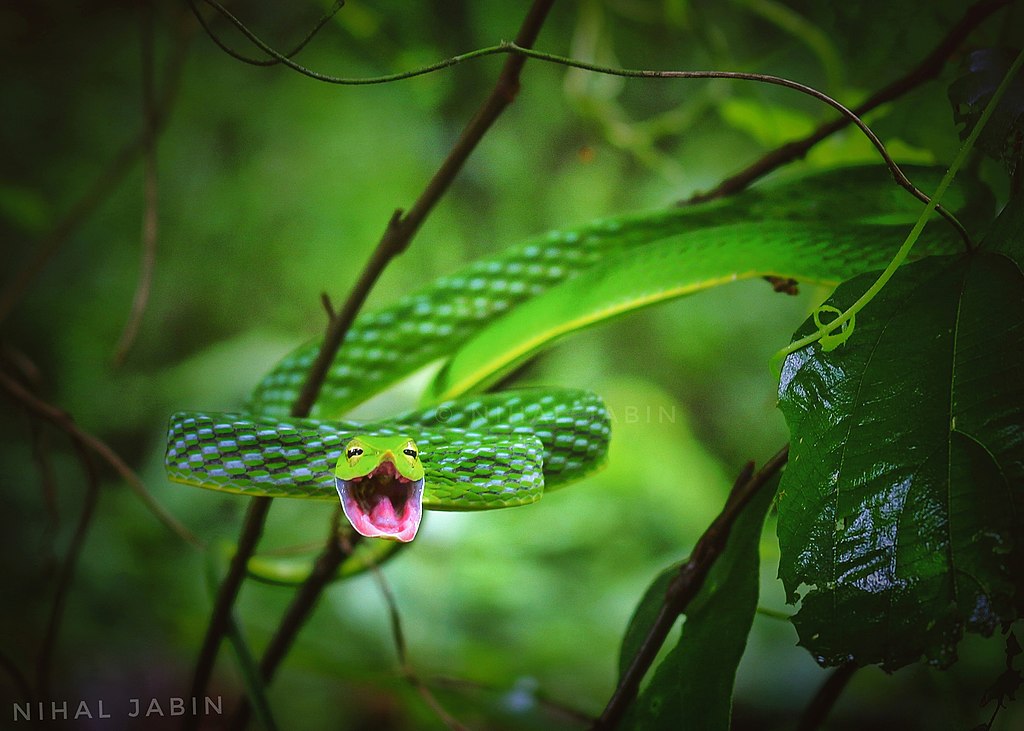
A snake that suddenly becomes resistant to handling may be experiencing health issues that make touch uncomfortable or painful. Underlying medical conditions like respiratory infections, mites, scale rot, or internal parasites can cause a snake to become defensive or withdrawn when approached. Snakes with painful injuries, shedding difficulties, or digestive issues may also reject handling they previously tolerated. Female snakes may become particularly resistant to handling when gravid (pregnant), as the pressure on their bodies can be uncomfortable. If a previously handleable snake suddenly refuses contact, a veterinary examination by an experienced reptile specialist should be your first course of action to rule out medical causes before assuming behavioral issues.
Environmental Factors That Increase Handling Resistance

A snake’s environment plays a significant role in its willingness to tolerate handling, with suboptimal husbandry often increasing stress and defensive behaviors. Inadequate enclosure size, inappropriate temperature gradients, or incorrect humidity levels can make snakes chronically stressed and less receptive to interaction. Exposure to excessive vibration, loud noises, or constant visual disturbances (like being housed in high-traffic areas) can also make snakes more skittish and defensive when approached. Even factors like irregular feeding schedules or lack of appropriate hiding spaces can contribute to generalized stress that manifests as handling resistance. Creating an optimal, secure environment that meets all of your snake’s biological needs is fundamental to developing handling tolerance, as even the gentlest techniques won’t overcome the effects of chronic environmental stress.
The Digestive Cycle and Handling Sensitivity

Many snake owners are surprised to discover that their pet’s digestive cycle dramatically affects handling tolerance, with most snakes becoming significantly more defensive after feeding. Snakes are vulnerable during digestion, as the energy-intensive process of breaking down prey makes them slower and less able to defend themselves or escape from threats. Handling during this period not only increases stress but can also lead to regurgitation, which is physically taxing and potentially dangerous for the snake. As a general rule, snakes should not be handled for at least 48 hours after consuming prey, with larger meals requiring even longer digestion periods. Understanding and respecting this biological cycle is essential for successful handling, and many snakes that seem “untouchable” may simply be approached at the wrong time in their digestive process.
The Hook Training Method for Defensive Snakes
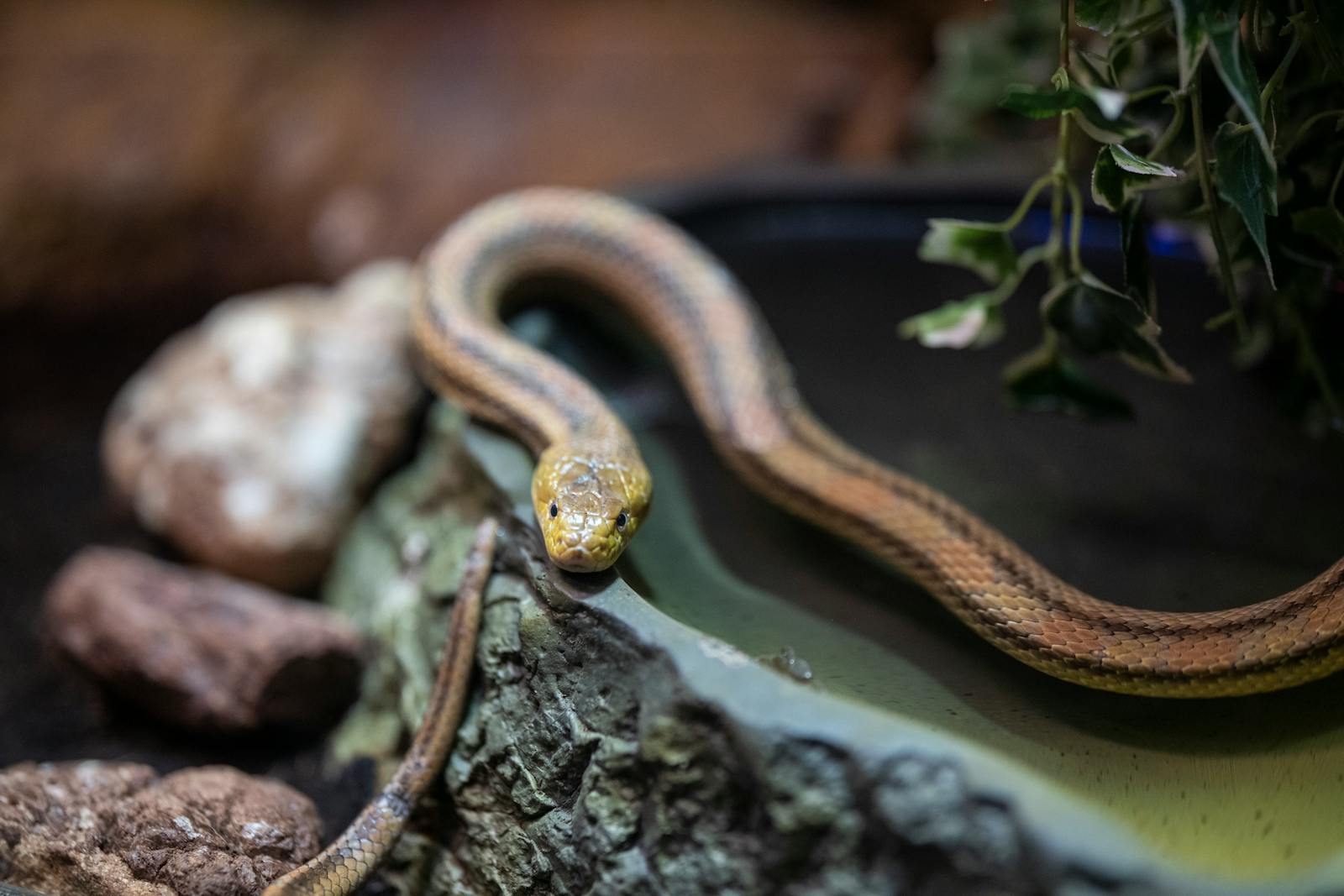
Hook training is one of the most effective techniques for acclimating defensive or nervous snakes to handling, using a snake hook to gently lift and support the snake before direct hand contact. This method works by creating distance between the threatening stimulus (your hand) and the snake, giving the reptile time to realize it’s not being attacked or hunted. Start by gently touching the snake’s mid-body with the hook until it shows less reaction to this contact, then progress to sliding the hook under the snake’s body and slightly lifting it. Once the snake remains calm during this process, you can gradually introduce hand support while still using the hook for initial lifting. This technique is particularly valuable for species that are naturally defensive or have had negative handling experiences, as it helps create new, positive associations with the handling process.
The Importance of Predictable Handling Routines

Establishing consistent, predictable handling routines can significantly reduce a snake’s resistance to touch by making the experience more familiar and less startling. Always approach your snake from the side rather than above (which mimics predator attacks) and use the same gentle lifting technique each time. Many successful handlers develop a specific “knocking” routine where they lightly tap the enclosure before opening it, alerting the snake to their presence and distinguishing handling time from feeding time. Maintaining consistent room temperatures during handling sessions and handling at the same time of day (when the snake is naturally active) can also reduce stress. For particularly resistant snakes, implementing short, positive handling sessions at strictly regular intervals often proves more effective than sporadic, lengthy attempts at interaction.
Gradual Desensitization Techniques
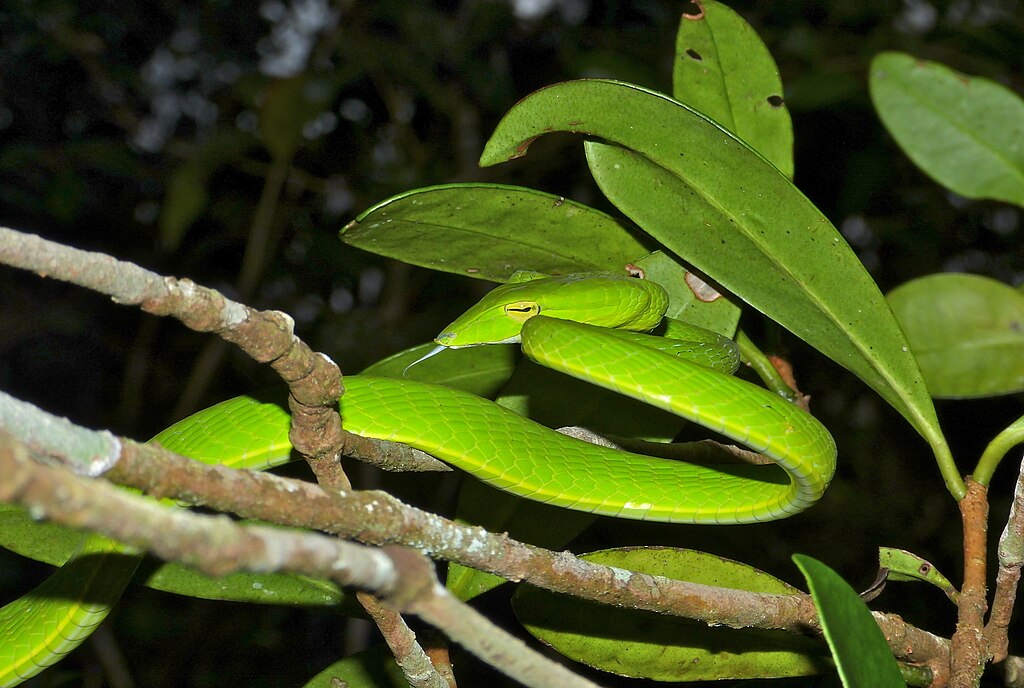
For extremely touch-averse snakes, a formal desensitization program may be necessary to build handling tolerance gradually. This approach begins with the snake simply becoming comfortable with your presence near the enclosure without any handling attempts. Once the snake shows relaxed behavior with you nearby, progress to brief opening of the enclosure without reaching inside, then to gentle touches with a snake hook or soft object before attempting direct contact. When beginning actual handling, start with extremely brief sessions (15-30 seconds) where the snake is lifted and immediately returned to its enclosure before stress responses escalate. Over weeks or months, gradually extend handling duration as the snake’s comfort level increases. This methodical approach requires significant patience but can transform even highly defensive snakes into reasonably tolerant pets over time.
When to Consider Not Handling Certain Snakes
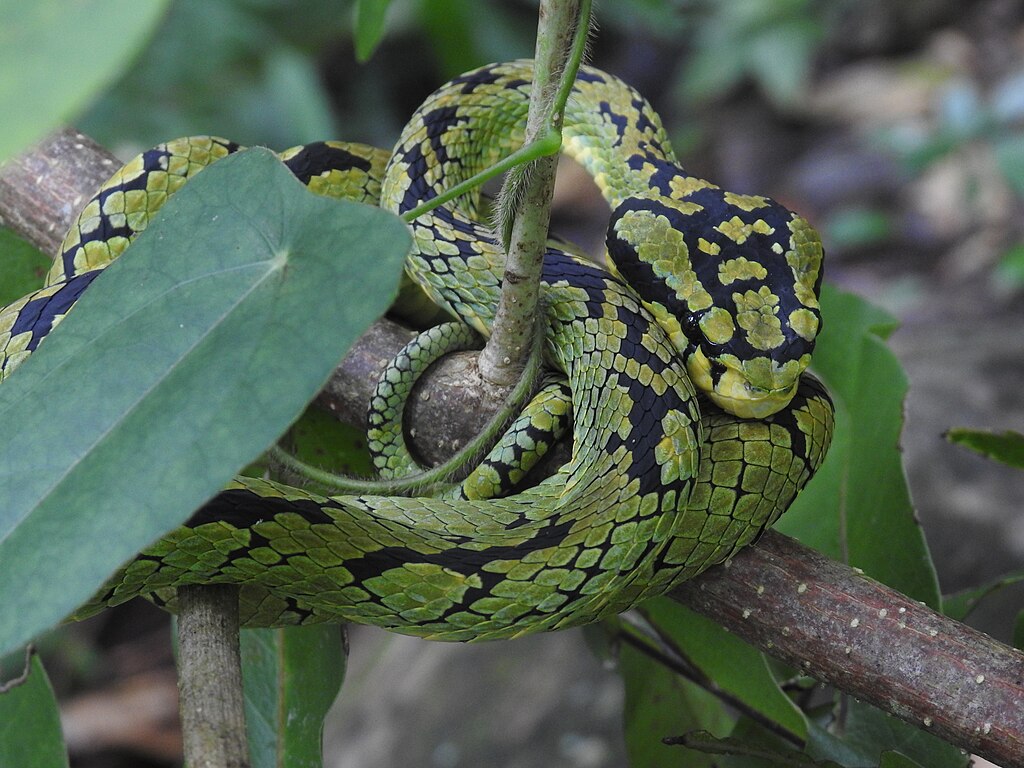
While proper techniques can improve handling tolerance in most pet snakes, responsible owners must recognize that some individual snakes may never become comfortable with regular handling. Certain wild-caught specimens, particularly those captured as adults, may never fully acclimate to human contact despite best efforts. Some snake species are also naturally more high-strung or defensive, making them better suited as display animals rather than handling pets. For these animals, forcing handling can create chronic stress that impacts their health, feeding, and overall wellbeing. In such cases, the most ethical approach may be to minimize handling to only essential situations like cage cleaning or veterinary care, while appreciating the snake’s natural behaviors through observation. This realistic perspective prevents frustration for both snake and owner while still allowing for a rewarding, if different, pet relationship.
Creating Positive Handling Associations
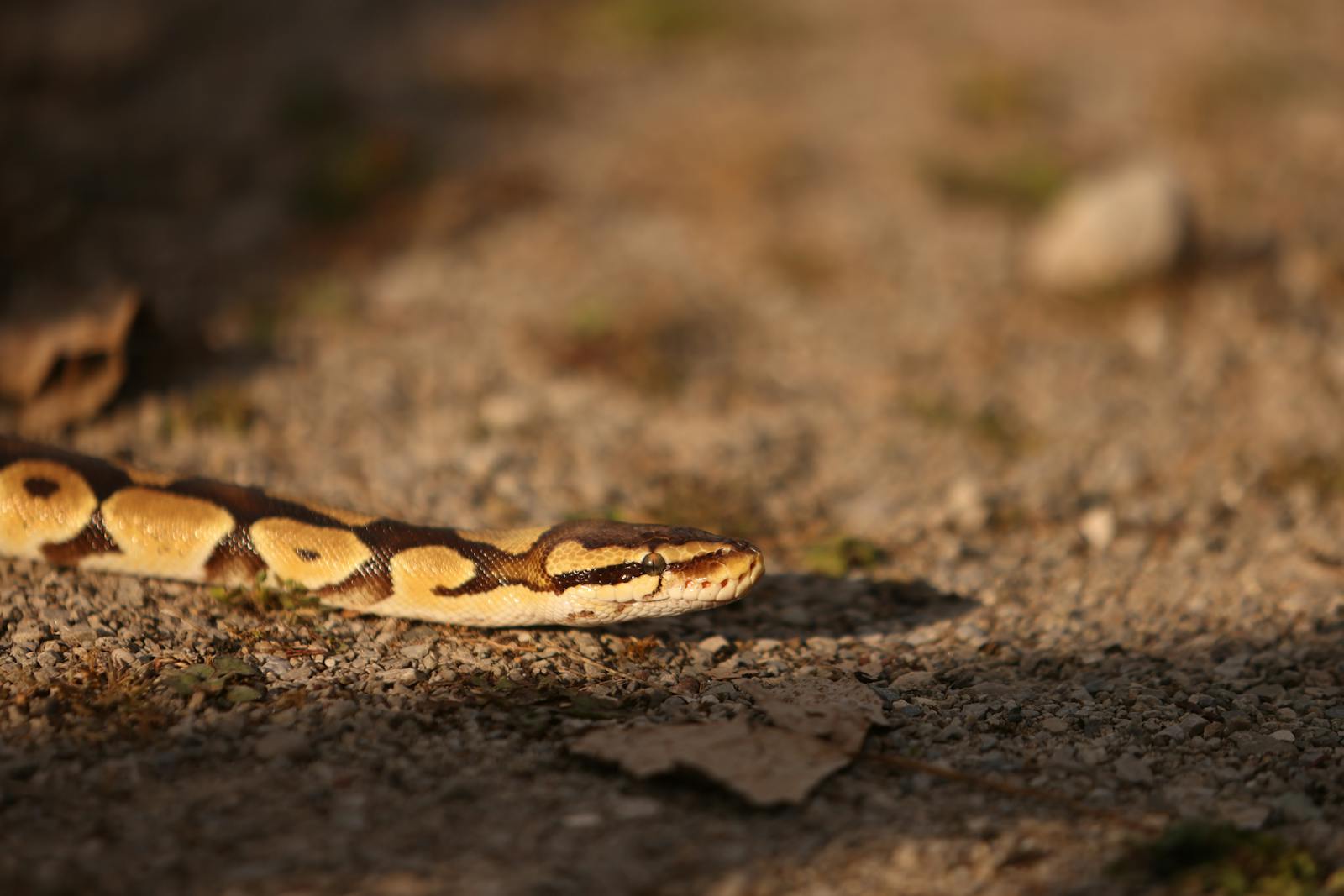
Unlike mammals, snakes don’t respond to food rewards during handling as this can create feeding associations that lead to biting. Instead, positive associations must be created through consistently non-threatening experiences. Providing security during handling, such as allowing the snake to move through your hands rather than restraining it, or offering sleeve pockets or handling bags where the snake can partially hide while being held, can reduce stress significantly. Some handlers find that gently moving their hands under the snake to simulate the ground moving (rather than the snake being moved) creates a more natural sensation that snakes tolerate better. Temperature management is also crucial—handling sessions should occur in warm rooms, and cold hands should be warmed before contact, as cold sensations can trigger defensive responses in these heat-sensitive reptiles.
When to Seek Professional Help

If your snake continues to strongly resist handling despite consistent, gentle efforts, consulting with an experienced reptile behaviorist or herpetologist can provide valuable insights and personalized strategies. These professionals can evaluate your specific snake’s behavior patterns, handling technique, and husbandry setup to identify subtle issues you might have missed. For particularly valuable breeding specimens or beloved pets with severe handling issues, some specialists offer “boarding training” where the snake lives temporarily with the expert for intensive desensitization work. Reptile expos and herpetological society meetings can also connect you with experienced keepers of your specific species who may offer handling demonstrations or technique workshops. Remember that seeking help isn’t a failure—it demonstrates your commitment to understanding and meeting your snake’s needs while building a relationship based on respect for its natural behaviors.
Conclusion

Understanding why some snakes resist handling requires recognizing that these animals experience the world very differently than we do. Their resistance isn’t personal—it stems from evolutionary history, species tendencies, individual temperament, and environmental factors. By approaching handling with patience, consistency, and respect for your snake’s natural behaviors, you can often overcome initial reluctance and develop a mutually comfortable interaction routine. However, accepting that some snakes may never enjoy handling is equally important, allowing you to appreciate these fascinating creatures on their own terms. Whether your snake becomes a handling champion or remains a hands-off pet, the relationship you build through understanding and responding to its needs can be deeply rewarding, offering unique insights into the reptile world that casual observers never experience.





